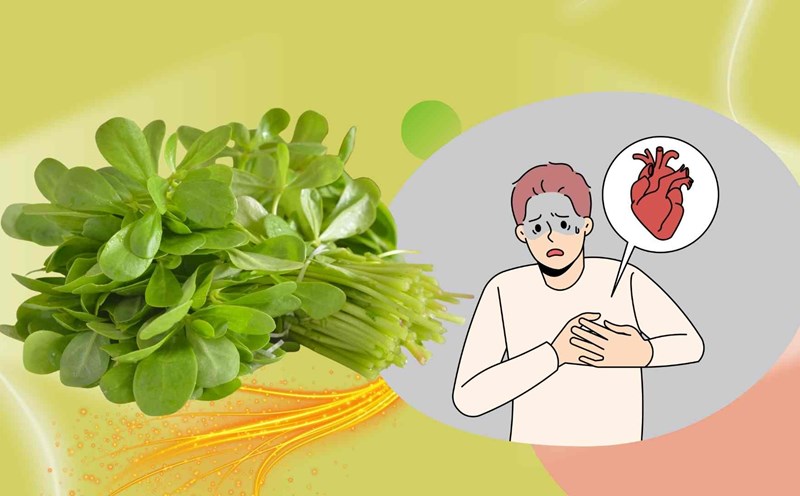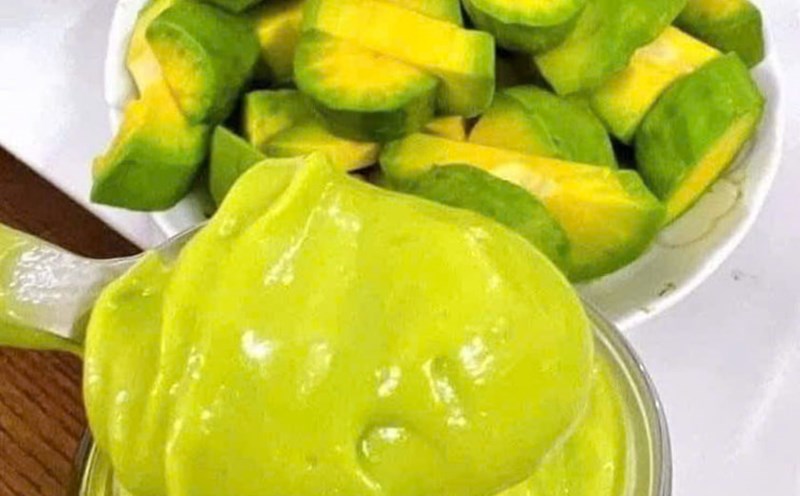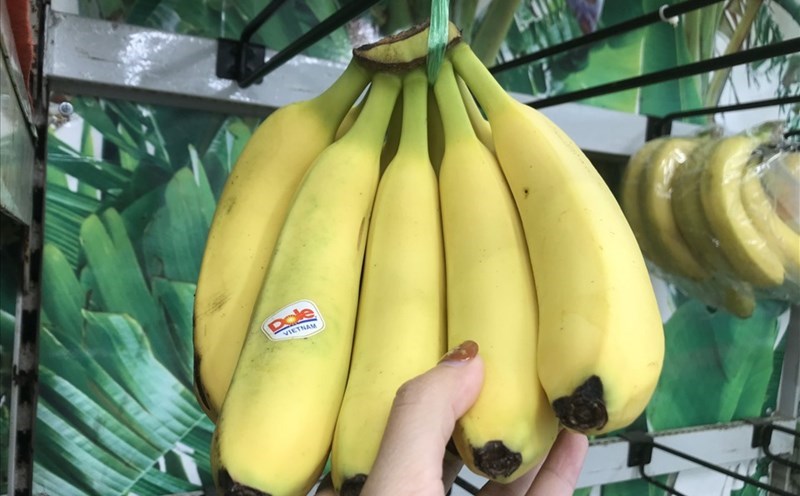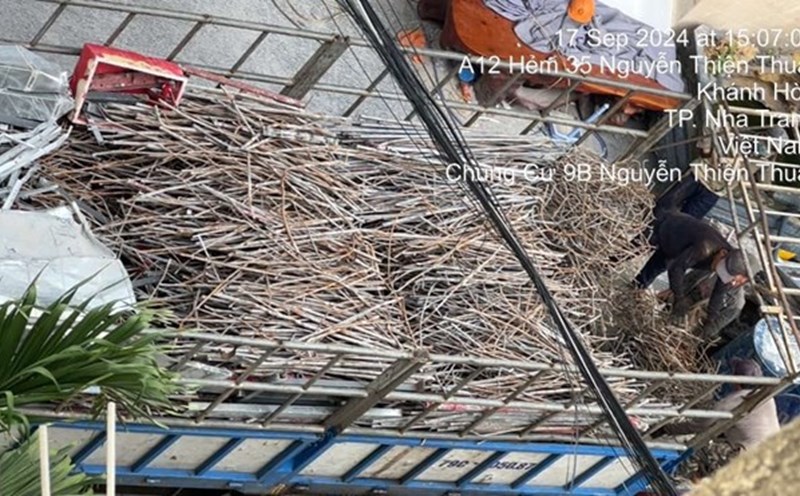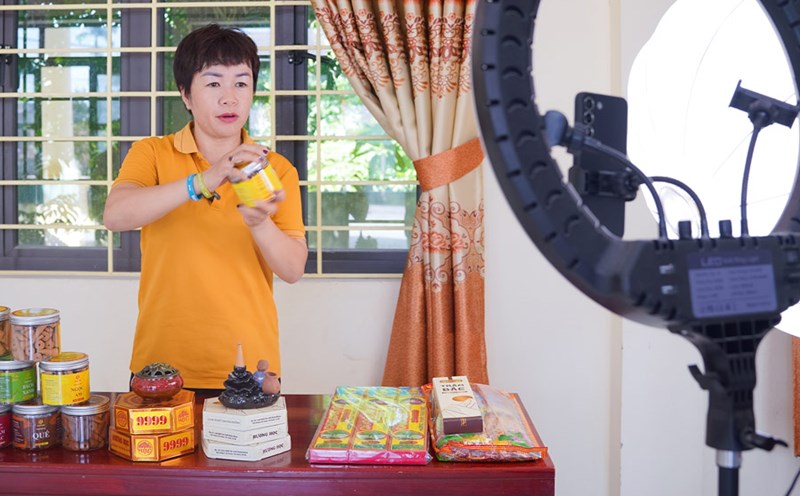Soybeans provide high-quality plant-based protein, are cholesterol-free, and have little saturated fat.
Supplementing 25g of soy protein per day helps reduce average cardiac blood pressure of 4-5 mmHg in people with early-stage hypertension.
Isoflavones in soybeans have the effect of improving vascular elasticity, reducing inflammation and supporting blood fat control.
The American Heart Association (AHA, 2023) report affirms that people who regularly eat soy foods have a 20% lower risk of cardiovascular disease than those who do not.
Why should you choose boiled soybeans?
Many studies comparing soy processing methods (frying, baking, fermentation) show that boiling is the best way to retain protein and isoflavone content, while not creating harmful trans fats.
Preserve minerals: Boiling helps preserve potassium and magnesium, two important minerals in regulating blood pressure.
A diet rich in potassium and magnesium helps reduce the risk of high blood pressure by up to 17%.
Limit bad fats: Not adding fat during the processing helps the dish to be low in energy, suitable for people who need to control their weight and blood pressure.
Easy digestion: The boiling process softens the seed structure, helping to reduce bloating and indigestion that is common when eating raw or roasted soybeans.
How to eat boiled soybeans is good for people with high blood pressure:
Prioritize yellow-seed soybeans, non-genically modified, dry storage. Soak the beans 6-8 hours before boiling to remove digestive enzymes and reduce the risk of bloating.
Boil beans with water, do not add salt or starch to avoid increasing sodium, which is a factor that causes high blood pressure.
The boiling time is 10-15 minutes until the seeds are tender. You can add a slice of ginger or bay leaves to make it easier to digest and increase the natural flavor.
People with high blood pressure can eat about 30-50g of boiled soybeans/day (equivalent to a small handful), this amount provides about 10-15g of protein and beneficial isoflavones without causing overload.
Boiled soybeans can be eaten as a side dish for dinner, mixed with low-salt green salad, or served with brown rice. Avoid eating with salty dishes such as dried fish and pickled melons because the high sodium content will eliminate the benefits of soybeans.
People with high blood pressure and kidney failure should consult a doctor before eating a lot of soybeans because beans contain a lot of potassium and phosphorus.
Maintain a low-salt diet (under 5g of salt/day) and add lots of green vegetables, low-sugar fruits, whole grains.
Combine light exercise with 30 minutes/day and have your blood pressure checked periodically according to the instructions of a medical professional.

